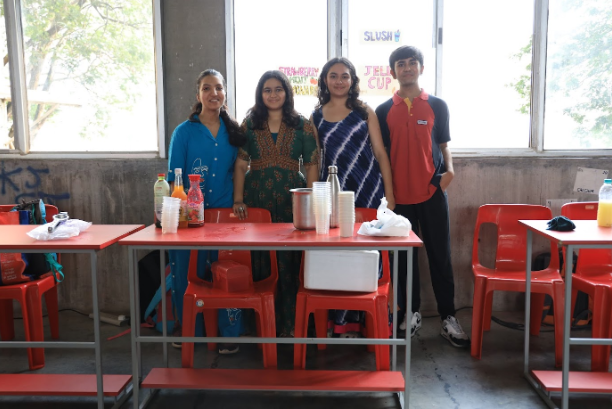As part of our CAS project, we intended to host a food booth at our school’s garba fest event in October to celebrate the festival of Navratri. We had several drinks on hand, such as fruit punches, lemonade, and ice slushes. The festival took place over the course of two days. Any money made during the school festival was subsequently given to a non-governmental organisation that assisted in providing human milk to underprivileged kids in the community.
LO3: Demonstrate how to initiate and plan a cas experience/ project.
This was illustrated when the stand was being planned, with regard to assigning responsibilities, supervising the group around the table, starting the profit, and contributing it to the organisation for a worthy cause (spending the profit/money). What group dynamics will we have? How will we contribute to the team working on the CAS project, which combines the three elements of creativity, service, and activity.
LO5: Demonstrate the skills and recognize the benefits of working collaboratively.
Together, we identified our strengths and skills, based on which we divided up the project’s work. For instance, the person with the strongest numerical and mathematical skills looked after the stall’s posters, recorded the amount of money given and received, and/or oversaw the group’s finances. Simultaneously, the individual skilled in product creation, purchasing, and customer service provided that service, while another managed the audience and/or the product marketing at the same time.
LO1: Identify own strengths and develop areas for growth.
We split up the work based on the strengths and weaknesses that each group member had listed, as determined by the group. This involved preparing the food, handling the finances (setting final prices for the goods sold and keeping the money collected), and creatively influencing clients using posters and IB business studies expertise.
